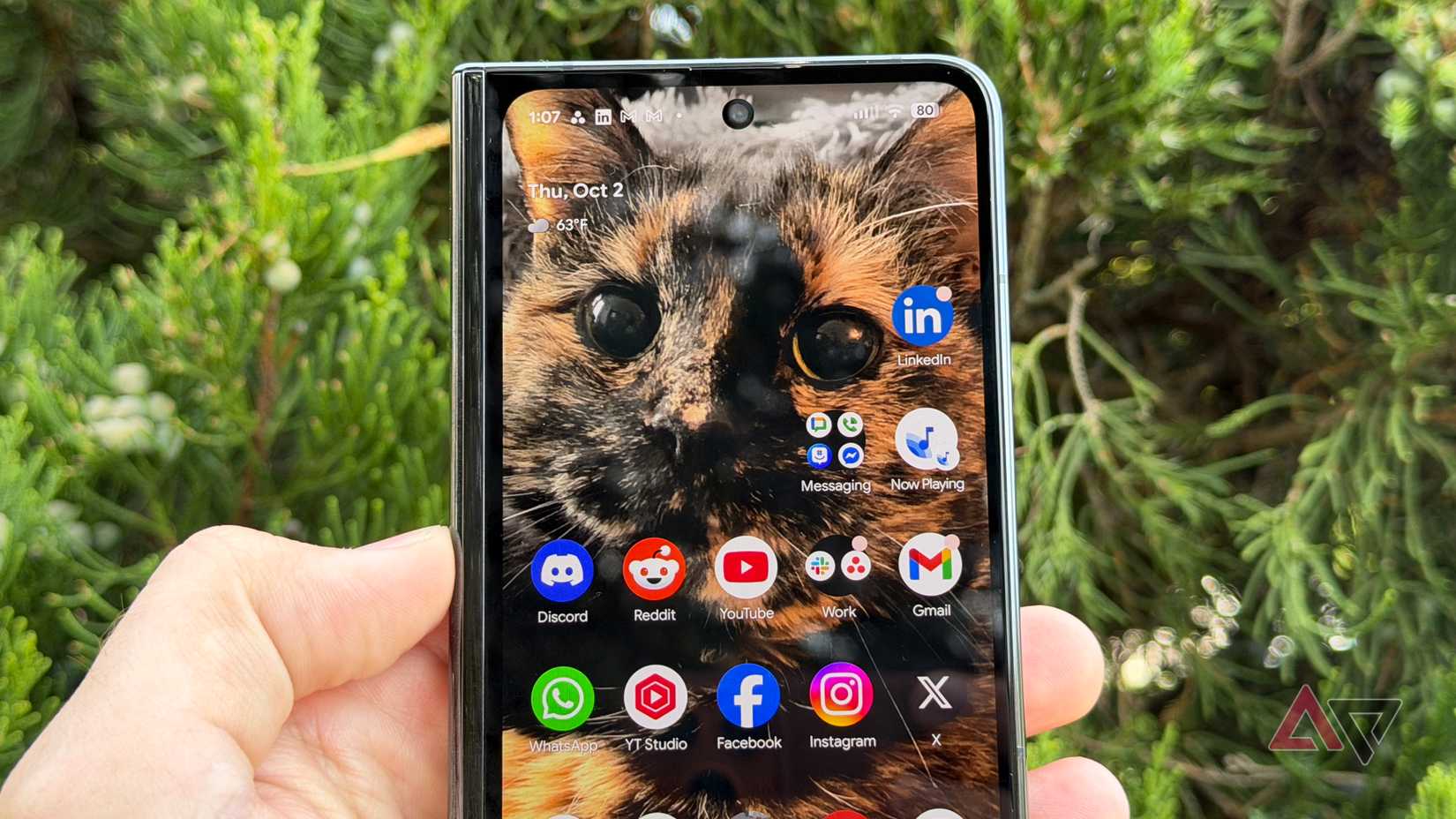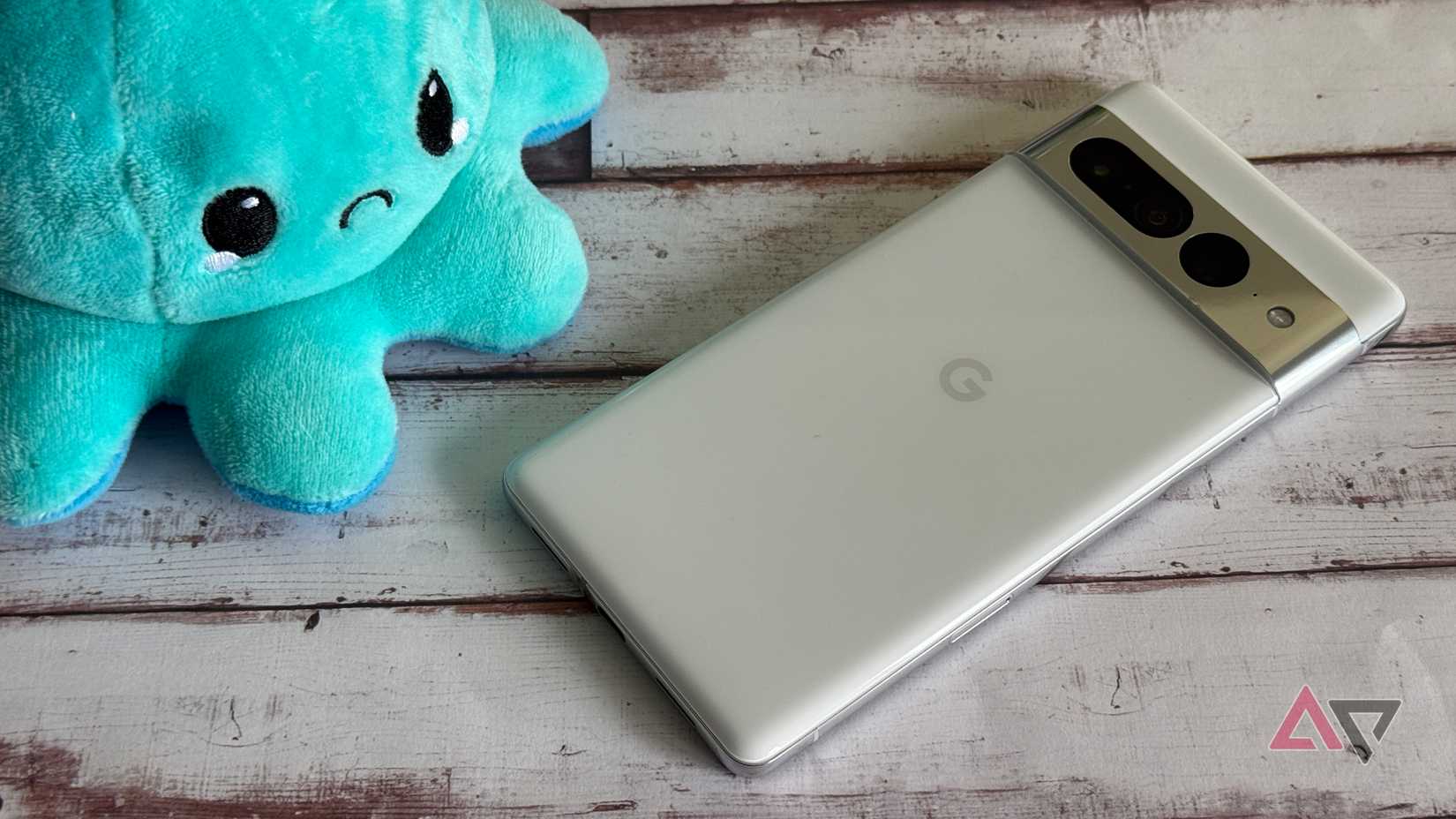It’s rare that extended software support makes older phones better. When there’s a new update, I know the most recent devices will enjoy new features and functions, and I hold my breath that the upgrade doesn’t break existing performance on my legacy phones.
Google reversed that trend with Material 3 Expressive. Not only does it run well on my older Pixel devices, but it has also improved the experience.
If companies are going to promise seven years of software support, it has to have value. Thankfully, Google is off to a strong start.
Here are the phones that become easy recommendations to pick up on the secondary market thanks to Material 3 Expressive.
Google Pixel 6
Back from the depths
My struggles with the Google Pixel 6 are well-documented. I couldn’t stand the device at launch, as it suffered from numerous problems.
The fingerprint sensor only worked half the time, which wouldn’t be so frustrating if the device had face unlock. It also overheated constantly, and battery life was dismal.
In addition to the hardware issues, Android 12 was a mess. I had to hard restart my device several times a day due to multiple bugs.
Google eventually sorted most of the issues, but the Pixel 6 never made it to the top of my favorites list.
It’ll never become one of my favorite Pixels, but Material 3 Expressive has somewhat redeemed the Pixel 7 Pro.
Material 3 Expressive on the Pixel 6 changed my mind. It’s a smooth experience.
Not only has it maintained solid battery life, but I’m enjoying new features on my old device. I can’t do natural language photo editing, but I still get a friendly list of AI tools to help enhance my images.
I love the new theming and visuals, with the entire user experience streamlined. The Pixel 6 is no spring chicken, and Android 16 will likely be the last major update for it.
However, if you can pick one up at a low price, it’s a fantastic budget or backup option.
Google Pixel Fold
Another dud turned winner
The Google Pixel Fold was an incomplete product at launch. The Tensor G2 suffered from overheating issues, and battery life was dismal. It wasn’t what I expected for its hefty price tag, and users shared my disappointment.
In all fairness, Google made significant improvements to the device over the last two years. Battery life became respectable, and app pairs were finally added.
Google gained back some goodwill by extending software support for the original Pixel Fold, and now we have the Material 3 Expressive update.
I love the way it runs on the Pixel Fold, and app pairs got even easier. I can long-press an icon to put the app in split-screen mode, then go to my app overview and save the app pair from the drop-down menu. It’s done in seconds.
I enjoy the landscape-dominant orientation of the original Pixel Fold. It’s ideal for multitasking, so any improvement that makes the experience better is welcome.
If you’ve never considered a folding phone before, the Pixel Fold is an excellent first choice. They can be found pre-owned for under $600 — roughly the same price as a midrange device.
The cover screen is fantastic, and the hinge is solid.
Always be cautious when buying refurbished phones, but the Pixel Fold has become an excellent value for the price.
Google Pixel 7 Pro
Wasn’t my favorite Pixel, but it’s worth another look
The Google Pixel 7 Pro was the awkward stage between the Pixel 6 and the Pixel 8. Google was still refining its design language, and the Pixel 7 Pro ultimately fell short of expectations.
I believe the Tensor G2 was Google’s worst chipset since moving on from Snapdragon, and the device suffered from poor battery life and thermal performance.
It’ll never become one of my favorite Pixels, but Material 3 Expressive has somewhat redeemed the Pixel 7 Pro.
Downloading the Android 16 update turned my device into a space heater, but once restarted, I enjoyed the experience.
Like with the Pixel 6, Material 3 Expressive doesn’t bring a full slate of Gemini functions to my Pixel 7 Pro. However, I still have access to several AI tools for photo editing.
Gemini Live works well, and you get many of the Pixel software extras we love.
Pixel 7 Pro prices vary, but if you can pick one up in decent condition for under $250, you’re getting a decent performer with plenty of RAM and a large display for a relatively low price.
Hopefully, solid updates are a sign of things to come
I applauded when companies started promising seven years of software support for their devices. It’s valuable to have, whether you keep your phone for seven years or not.
So far, Google has taken the time to optimize new software updates for older hardware. If that continues, there will be plenty of excellent deals on older Pixels for those who love saving money on smartphones.




